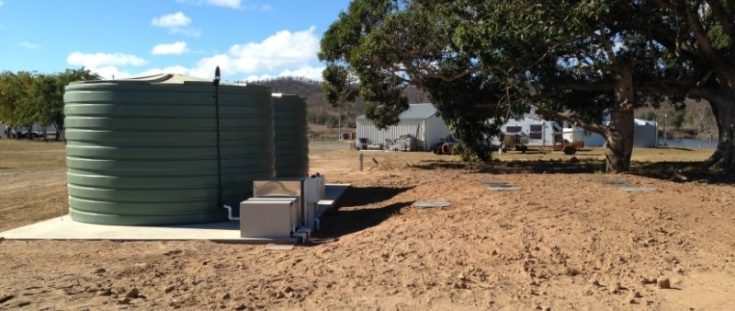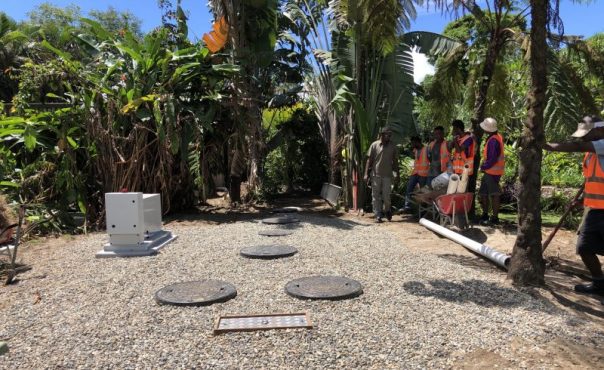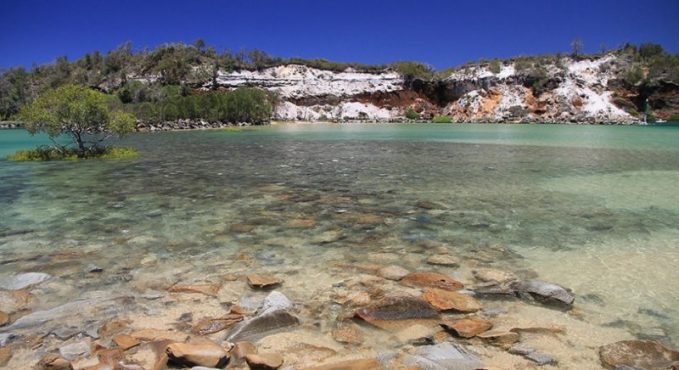Commercial Sewage News
Community Sewage News
News
March 1, 2024
Turning Back the Microplastic Tide
Microplastics in sewage refer to tiny plastic particles and fibres that are present in wastewater. These miniature pieces are less than five millimetres in size. The problem with microplastics is that they are found in a wide range of products and materials. This includes our clothing, food, bottled water, and even the air we breathe.
Unlike organic materials, these fragments do not break down and remain intact for hundreds of years. This contamination poses a significant threat to marine life and ecosystem health. Plastic is travelling to the world oceans, where it takes centuries to break down. It becomes part of marine ecosystems and affects many species. Animals ingesting plastic are also prone to stunted growth, tumours, less successful reproduction, and lower ability to protect against predation.
Once in the ocean, microplastics can no longer be removed. Therefore, it is crucial to prevent them from entering the ocean in the first place. Efforts to reduce microplastic pollution focus on lowering plastic waste. This includes improving waste management practices.
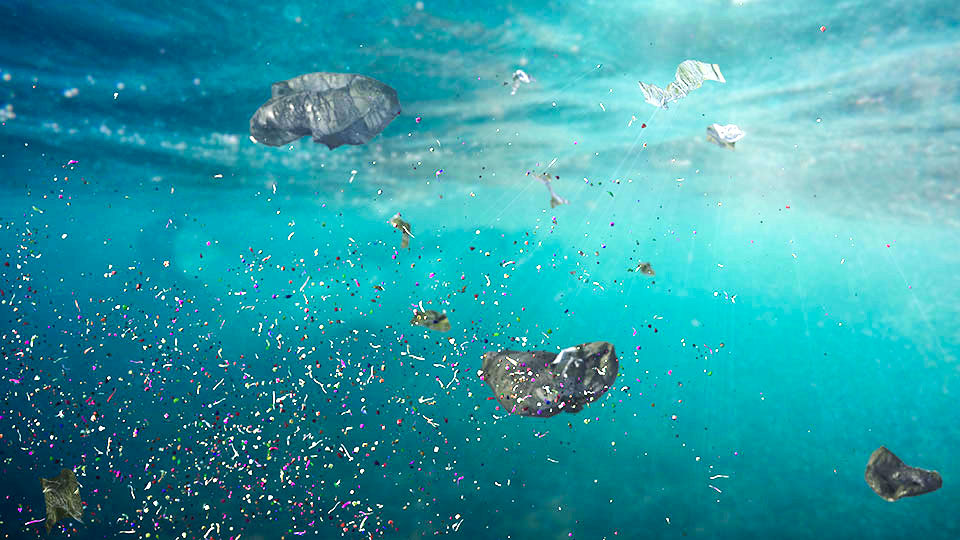
Removal of Microplastics in Sewage is Critical
Plastic particles and fibers produced in the process of human life enter Wastewater Treatment Plants (WWTPs) through domestic wastewater. Efficient removal of microplastics in sewage, via high-quality treatment and dispersal, is critical. This reduces the release of these contaminants to the natural environment, preventing the transfer of microplastics from society to natural water systems.
Seventy percent of the Australia’s mainland is classified as arid or semi-arid desert. This is why over 87 percent of the population live within fifty kilometres of the coast. However, this is having a serious impact on our iconic coastal environments. In a nutshell, the bigger the population, the greater volume of sewage.
Some large coastal communities even have combined sewer systems. This is where stormwater and sewage are carried in the same pipes. During heavy rainfall or storm events, these systems can become overwhelmed. This leads to raw sewage overflows in our waterways and oceans.
In general, primary treatment and secondary treatment are the main processes to remove microplastics. The efficiency of removal in WWTPs is mainly influenced by the applied treatment process, especially biological treatment. A membrane bioreactor (MBR) is one method of secondary treatment technologies in WWTPs that is very effective in the removal of plastic particles and fibres. Studies have confirmed that MBR has a higher removal efficiency relative to other technologies. These membranes allow fluids smaller than their micropores to permeate, while blocking larger contaminated particles.
Discharge to Waterways Risks Release of Contaminants
Municipal Sewage Treatment Plants (STPs) generally treat wastewater to a high standard, particularly if they are well maintained and not overloaded. Despite these efforts, STPs are still a significant source of microplastics entering waterways. This is even more alarming when you learn 97 to 98 percent of treated effluent is discharged directly into waterways. Most of our nation’s wastewater network was constructed in the 1970s and is approaching the end of its 50-year lifecycle. This ageing infrastructure also contributes to environmental pollution.
In late December 2023, the Gold Coast’s Tallebudgera Creek was closed following a sewage spill. The leak was traced upstream to a burst pipe from the nearby Elanora Wastewater Treatment Plant. This was followed by a sewage spill in early 2024 that was named as the city’s worst ever environmental disaster. Council released a media statement claiming that a sewer main break was responsible. This event released four mega-litres of sewage per day into the Albert River and surrounding catchment.
Local prawn farmers were instructed to stop production. Warning signs were erected in the area. People were advised not to consume seafood caught in the area. These sewage spills released microplastics and high levels of nutrients into waterways, impacting communities and the environment.
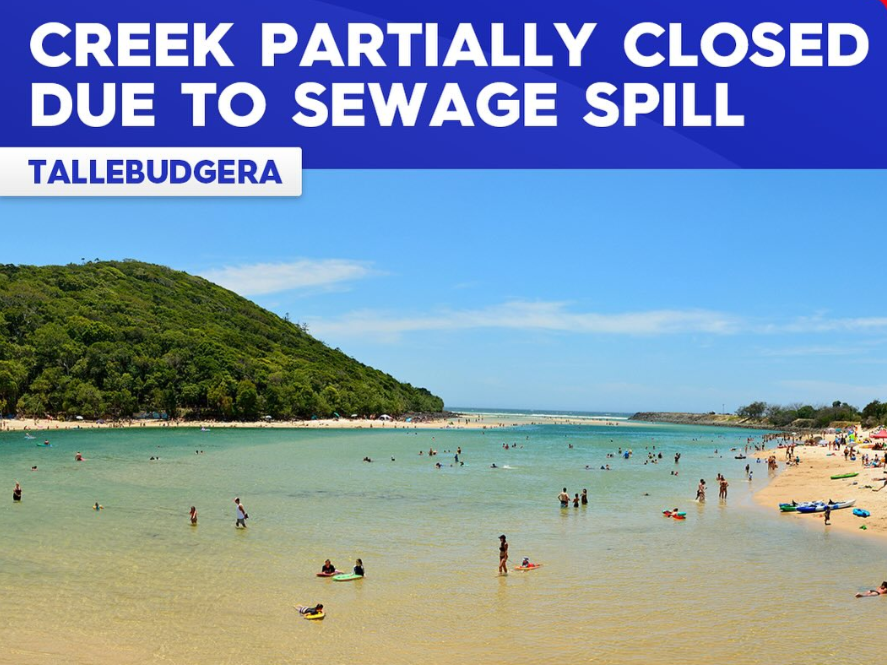
True Water Designed Solutions do not Discharge to Waterways
Wastewater treated to the required quality can be disposed to land, discharged to a waterway or coastal/ocean outfall, or reused onsite or offsite. Considering the discharge of treated sewage into waterways raises critical questions. Duty holders must assess and control the risks associated with this form of dispersal.
Freshwater systems, including rivers, lakes, and groundwater, are essential for sustaining life and supporting diverse ecosystems. However, the discharge of untreated or inadequately treated wastewater into these fragile environments poses a significant threat to their health and vitality.
In addition, since effluent primarily consists of water, a key concern is whether we are undervaluing this potentially valuable resource. This consideration is especially significant given our nation’s very hot climate and low rainfall. True Water designs site-specific solutions to meet Australian demands. Our systems employ advanced treatment processes delivering high-quality treated effluent that is safe for community reuse. This reduces strain on natural water sources and promotes resilience to climate change.
All of our Wastewater Treatment Systems (WWTS) disperse the treated effluent to land and not waterways. This can be via engineered mounds, subsurface drip irrigation, or spray irrigation (depending on the site constraints). By discharging to soil, we prevent microplastics and nutrients from directly entering waterways. These are the two biggest contaminents in poorly treated wastewater and have the biggest impact on aquatic life.
"Efficient removal of microplastics via WWTPs is critical to reduce the release to the natural environment as a key connection point to prevent the transfer of microplastics from society to natural water systems."
Removing microplastics from aquatic environments: A critical review, Environmental Science and Ecotechnology - Volume 13, 2023

